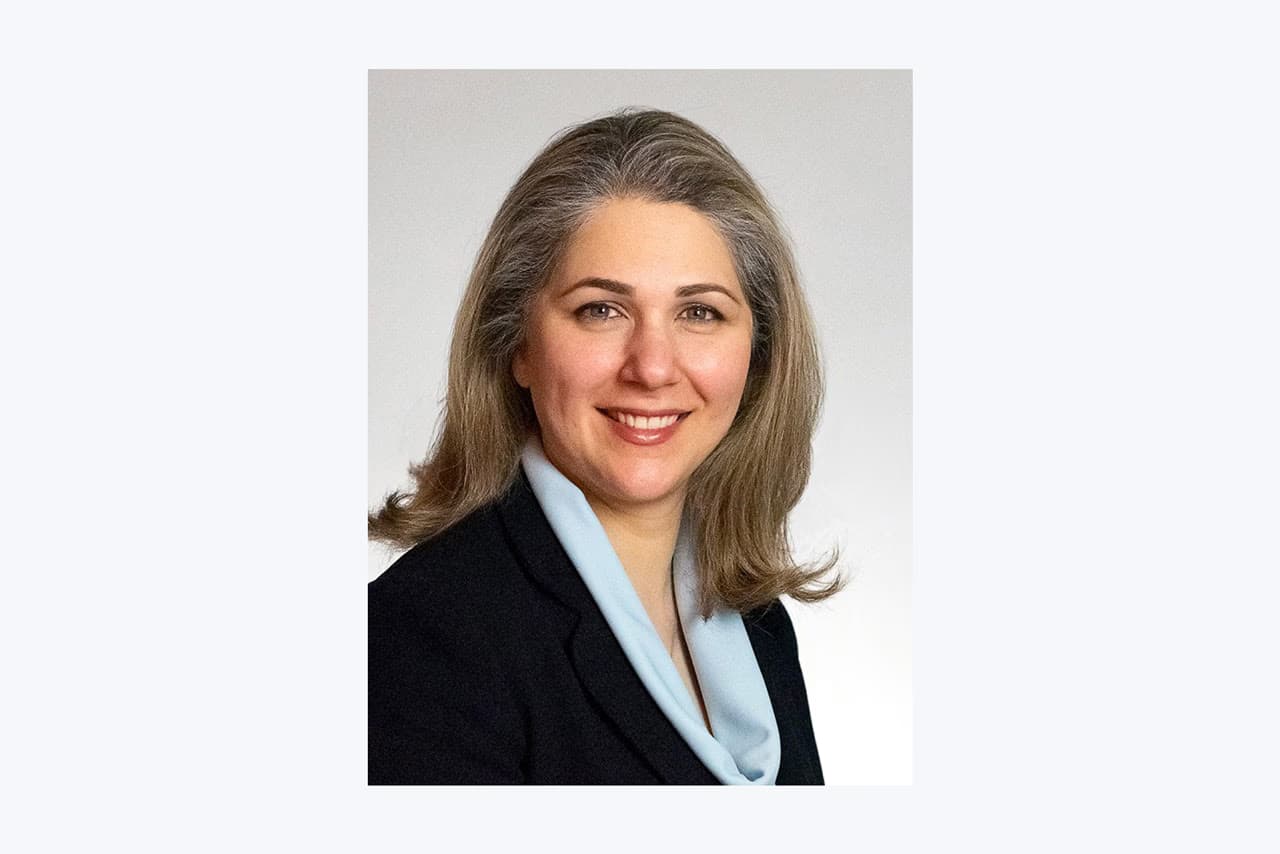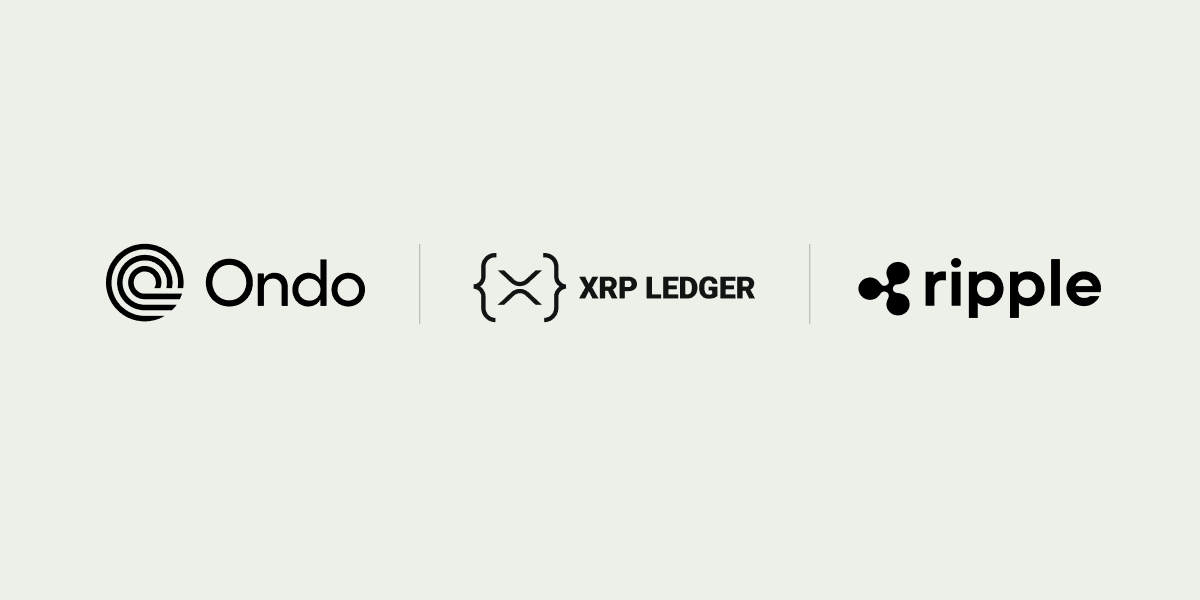With just 48 qualified candidates for every 100 open roles, the US’s cybersecurity talent gap is a well-known issue throughout the industry. The founder and director of Ryerson University’s Cybersecurity Research Lab (CRL), Dr. Atefeh Mashatan believes that the rise of cybersecurity programs at institutions like Ryerson will soon produce qualified technologists to help close that gap.
While the next generation of cybersecurity professionals will have the technical skills for these roles, not all of them will have the business acumen they will need when they make the leap from the classroom to the meeting room. The programs she’s developing at Ryerson’s Ted Rogers School of Management – with help from Ripple’s University of Blockchain Initiative (UBRI) – aim to provide students with that critical context.
“The industry needs cybersecurity experts who truly understand the business context that cybersecurity sits in,” explains Atefeh, who is also a professor in the Information Technology Management department at Ryerson
“The technologist from a computer science or engineering program and…the manager from business school…are typically two silos. I thought, why not combine them? [Now] I teach Information Systems Security and Privacy as well as Enterprise Information Security and am developing a multidisciplinary master’s program in Cybersecurity and Information Assurance that marries the best of technical and managerial aspects of cybersecurity.”
Atefeh’s awareness of the importance of combining technology and business expertise stems from her own background. After attaining a PhD in cryptography from the University of Waterloo and conducting postdoctoral research at Switzerland’s prestigious EPFL, she left academia in 2012 to be a senior information security consultant for a global bank.
Realizing that cryptography was only one component of enterprise security, Atefeh immersed herself in the wider world of cybersecurity while also gaining a broader understanding of what a financial organization needs. When she returned to academia at Ryerson in 2016, she was determined that her students would gain experience in solving real world business problems.
One key area of her focus is blockchain technology and its potential opportunities for businesses. Her team at the CRL have developed a Blockchain Adoption Framework that helps businesses assess if the technology is right for them. They are also identifying the drivers and barriers of blockchain adoption for different industries, including real estate.
“[We’re using] blockchain technology to reduce fraud in the real estate marketplace,” says Atefeh. “The R&D project we called the Equitable Smart Unified Real Estate (eSURe)…decentralizes cross-company workflows to reduce costs and opportunities for fraud. We are currently working to integrate identity, payment rails and mobile digital wallets into the (eSURe) system.” In particular, CRL is in the process of adding the digital asset XRP payment feature to eSURe’s mobile digital wallet to address the Payment Rail component.
The project partly came about because Atefeh was nearly the victim of fraud during her own home buying experience. However, her ideas for using blockchain to increase transparency throughout the process were not received positively by influential real estate players. Atefeh realized that while the opaque process was bad for customers, it suited brokers.
The real estate industry’s resistance to CRL’s blockchain project made it difficult to raise funding, until UBRI stepped in. Now the partnership between CRL and UBRI allows Atefeh’s team to take on other real-world challenges that businesses are unwilling or unable to tackle, such as the future threat to current cryptography standards posed by quantum computing.
“Financial information or health records that are encrypted could still be harvested now…attackers can sit on it and wait for more sophisticated tools to break it. [Organizations] need to learn about the quantum threat, how it impacts them and what they can do now to help with cryptographic agility.”
While a technologist may view quantum computing from a technical perspective and a business school graduate may dismiss its threat as the realm of science fiction, Atefeh’s blended approach ensures she and her students can always place the potential benefits and risks of today’s and tomorrow’s technology in a broader business context.







